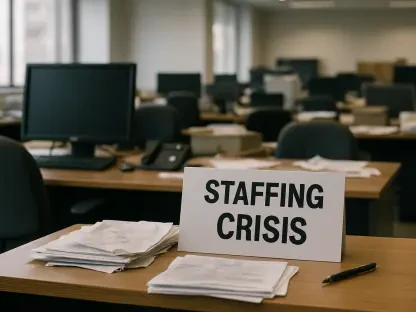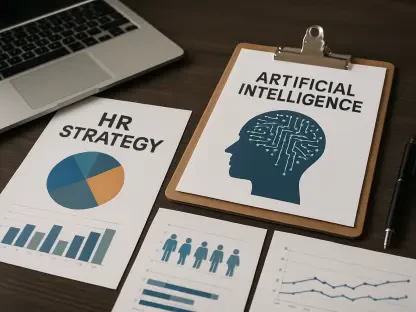A decade ago, working from home was still pretty much a pipe dream. But as time passed and new technologies emerged giving way to endless collaboration possibilities, more and more companies have embraced the “home-office” trend. Granted, there still are companies today that frown upon the concept of remote work. Yet the vast majority are slowly but surely moving towards an increasingly remote workforce.
“If you offer workers the chance to work where they need to be, and not where they are told to go to, it completely transforms their view of the company, they are more productive,” Chief Executive Officer and founder, Mark Dixon said.
“The modern workforce is increasingly mobile, collaborative [and] dynamic, and comprises multi-generations, all with differing communication preferences,” said Stacey Epstein, CEO of Zinc. “These workers span multiple industries […] all who represent unique challenges when it comes to staying connected while on the job.”
Today, 70% of professionals work remotely at least one day a week, while 53% work remotely for at least half of the week, according to Switzerland-based serviced office provider IWG. Yet there is something to be said about the workplace of the future—how will the changes we’re making today shape the way we’ll work ten years from now?
Social isolation during the workday is a growing trend, according to Vivek Murthy, the former U.S. Surgeon General, who likened it to an epidemic. It’s not about interaction or lack thereof for that matter, it’s about the quality of relationships, says Hakan Ozcelik, a management professor at California State University, Sacramento.
“It used to be that people socialized at the watercooler and felt comfortable doing so,” says Darcy Gruttadaro, the director of the American Psychiatric Association Foundation’s Center for Workplace Mental Health. Now, there’s “a perception that people need to put their nose to the grindstone and be productive”. While this “perception” could easily influence a person’s need and/or openness to socialize at work, perhaps there are other factors just a “guilty” for social isolation in the workplace.
Could it be that in this race of ours to eliminate the 9 to 5 workday (and gain control over our lives) we’ve inhibited our natural tendency to socialize?
“Studies have shown that the risk [of social isolation] to your health and well-being is equal to 15 cigarettes a day”, Gruttadaro says. Loneliness, including perceived social isolation, was also linked in a recent study to a higher risk of both cardiovascular disease and overall mortality.
And it’s not just the employees who suffer the downsides of social isolation at work; companies too are finding it more and more challenging to keep employees happy and productive.
Unfortunately, there is no silver bullet that can keep this “loneliness epidemic” from taking over the workplace. There are, however, a couple of steps companies can take to minimize its impact and create a culture where employees can thrive.
Build [a Culture] and They Will Come
If you don’t have a culture that promotes social interaction and communication amongst employees, now’s the time to take action. People don’t just hang by the water cooler anymore, they IM, Facebook or Skype most of their conversations. You can probably sum up an entire day’s worth of conversations into “Good morning!” and “I’m off, see you tomorrow!”. So what should managers do?
“The more leadership can model [a collaborative space], whether it’s by holding an off-site where they share their experience or talking about the importance of social connectivity, the more employees will recognize the importance in it and follow suit”, says Gruttadaro.
From Micro to Macro-Managing
Managers should play a more direct role in fighting social isolation, there’s no doubt about that. They are in the “ideal position to organize and structure groups within their department”, which makes them the perfect social architects.
Small things like encouraging employees to schedule coffee dates together or even making introductions between newbies can go a long way: “By reducing the gap between their desired and actual relationships, they’ll start to feel less lonely”, according to Sarah Wright, a senior lecturer at the University of Canterbury in New Zealand.
Another approach would be to create dependency by giving employees room to make mistakes while encouraging them to seek guidance from their colleagues. This way “employees can ask for help from one another, a condition in which we’re programmed to be close”, according to Hakan Ozcelik, a management professor at California State University, Sacramento.
Making the Most of Technology
We all know that too much of a good thing is no longer a good thing. A case in point is technology—while it has the power to make collaboration seamless by enabling us to be in contact with co-workers or clients at any time, from anywhere, it can also have a detrimental effect on sociability.
And we’re not just talking about those meetings where everyone brings their laptops with them and no one, except for the person holding the meeting, pays any attention to what’s happening. Meetings as such are very counterproductive because instead of trying to contribute to the overall conversation, people are focused on multi-tasking. But we’re talking about something else entirely here—more specifically, what’s turning today’s workers into loners? The answer: earbuds. Most people brave the daily commute with these tiny plastic things in their ears and only take them off for a few minutes at a time. But as soon as those earbuds go back in, the world around gets silenced and it’s every man for himself.
Luckily, not much is needed to rectify this situation. By simply creating a mindful culture around technology, its advantages and disadvantages, companies can educate their employees on the importance of being present. Little things like seeing your boss enter a meeting with nothing but a pen and paper can also go a long way.









